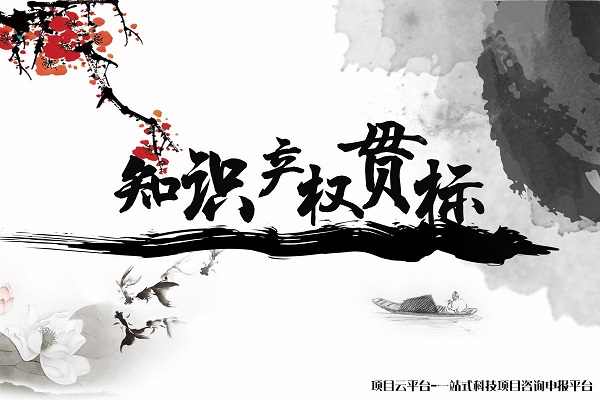The auditor audits the national standard of Enterprise Intellectual Property Management Specification.
The Regulations on Enterprise Intellectual Property Management, drafted by the China National Intellectual Property Administration and approved by the General Administration of Quality Supervision, Inspection and Quarantine and the National Standardization Administration Commission, is the first national standard for enterprise intellectual property management in China. Implemented on March 1, 2013, drafted by Ma Weiye and Lei Xiaoyun.
Standard No. GB/T 29490-2013
1 Overview
This standard provides a process-based enterprise intellectual property management model to guide enterprises in planning, implementing, inspecting, and improving their intellectual property management systems.
2 Process approach
Any activity or group of activities that utilizes resources to transform inputs into outputs can be considered as a process. Typically, the output of one process will directly become the input of the next process. The enterprise intellectual property management system is an important component of the enterprise management system. As a whole process, the system includes four links: planning, implementation, inspection, and improvement of intellectual property management, as shown in Figure 1.
The input of the enterprise's intellectual property management system is the demand for intellectual property management in the enterprise's business development, generally including:
a) Develop new products and research and develop new technologies;
b) Improve product added value and expand market share;
c) Prevent intellectual property risks and ensure investment security;
d) Improve production efficiency and increase economic benefits.
Through the continuous implementation and improvement of the intellectual property management system, the output generally includes:
a) Inspire the creation of intellectual property rights and promote technological innovation;
b) Flexibly use intellectual property rights to improve market competitiveness;
c) Comprehensively protect intellectual property rights and support the sustainable development of enterprises;
d) Managing intellectual property rights and enhancing the core competitiveness of enterprises.
This standard adopts a process approach:
a) Planning: understand the intellectual property management needs of the enterprise and develop intellectual property policies and objectives;
b) Implementation: Obtain, maintain, apply and protect intellectual property rights in the business processes of enterprises (product initiation, research and development, procurement, production, sales and after-sales);
c) Inspection: monitoring and reviewing the effectiveness of intellectual property management;
d) Improvement: Continually improve the intellectual property management system based on inspection results.
- Scope
This standard specifies the requirements for enterprises to plan, implement, inspect, and improve their intellectual property management system.
This standard is applicable to enterprises with the following aspirations:
a) Establish an intellectual property management system;
b) Run and continuously improve the intellectual property management system;
Seeking external organization's evaluation of its intellectual property management system.
Other organizations such as institutions and social groups may refer to the relevant requirements of this standard for implementation.


